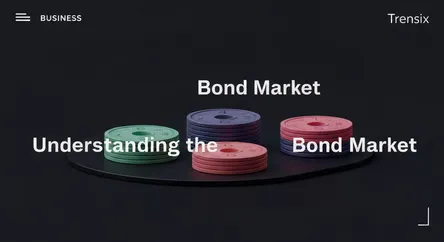Business
Understanding the Bond Market

Explore the bond market, where debt securities are traded. Learn how it influences interest rates, investments, and the broader global economy.
What is it?
The bond market, also known as the debt or credit market, is the global marketplace where participants buy and sell debt securities. When governments or corporations need to raise money, they can issue bonds, which are essentially loans made by investors. In return for the loan, the issuer pays the investor periodic interest (called the coupon) over a set period and repays the principal amount at the bond's maturity. This market is vast, encompassing everything from U.S. Treasury bonds to corporate and municipal bonds, forming a critical part of the financial system.
Why is it trending?
The bond market is always a key focus, but it trends heavily when central banks, like the Federal Reserve, adjust interest rates. Changes in monetary policy directly impact bond yields and prices, making it a crucial barometer for economic health and future inflation expectations. As global economies navigate post-pandemic recovery and geopolitical tensions, investors closely watch bond yields for signs of stability or recession. This makes the bond market a leading indicator of investor sentiment and economic direction.
How does it affect people?
The bond market's influence extends to everyone. It sets the foundation for interest rates on consumer loans, including mortgages, car loans, and credit cards. When bond yields rise, borrowing costs for individuals and businesses typically follow suit. Furthermore, many retirement and pension funds are heavily invested in bonds for their perceived safety and steady income. Therefore, the performance of the bond market directly impacts the value of millions of people's long-term savings and their ability to plan for the future.